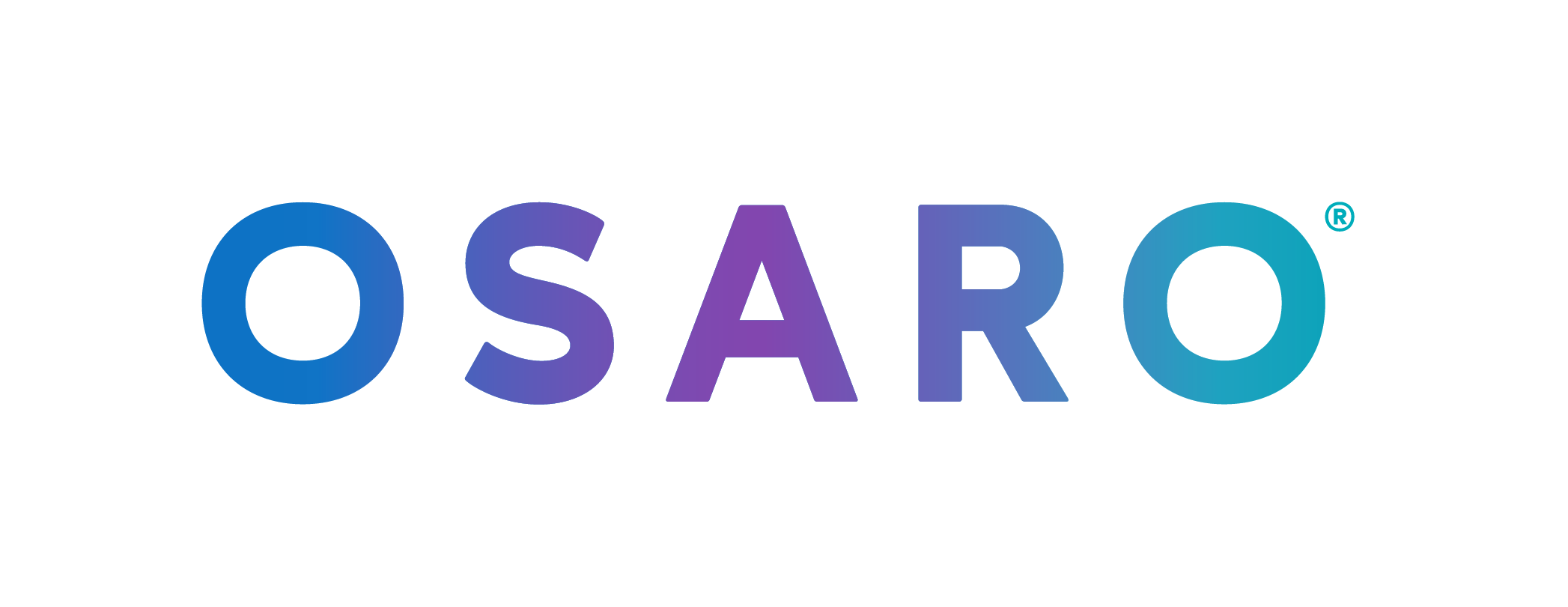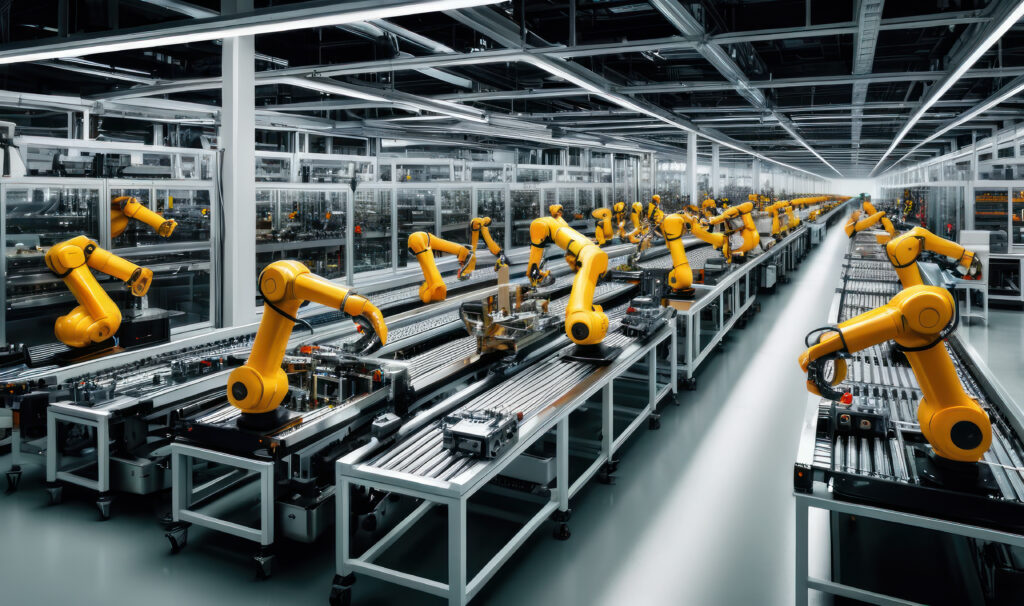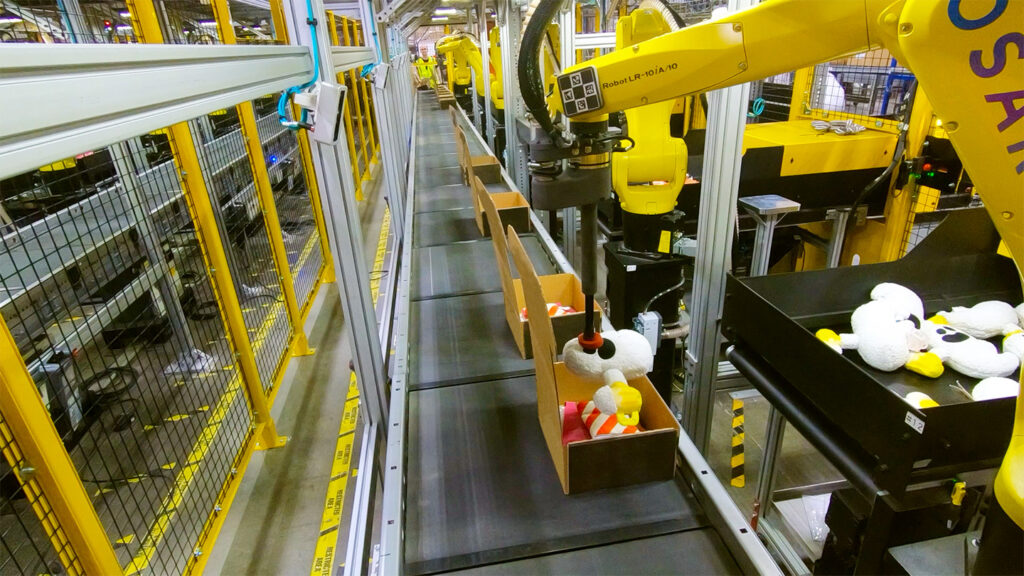
By Matt Churchill, Principal sales engineer
Matt Churchill is a Principal sales engineer at OSARO, specializing in driving innovation through practical automation design. With extensive experience in solutions architecture, project management, and application engineering, he consistently develops customer-driven solutions. His diverse background showcases his expertise in automation and mechanical design.
Engineers love solving hard problems. It’s in our DNA. We’re hammers in a sea of nails — chasing elegant algorithms, complex mechanics, and clever designs. And sometimes, if we’re being honest, we’re just building cool stuff… because it’s cool.
But here’s the truth: unless the thing you’re building wins, it’s just an expensive hobby.
That’s a tough pill for many engineers to swallow. We want to flex our technical muscles. But in business, building something “impressive” doesn’t matter unless it solves a real problem — and solves it in a way that someone can afford.
Because the magic happens at the intersection of affordability and need. That’s not just a clever phrase — it’s a framework. One that flips the script from “How do we build this?” to “Why are we building it?”
This is where the process comes in. Not process for the sake of structure, but a repeatable path to winning:
- Identify the problem
Don’t assume it — go find it. Talk to the customer. Watch the process. Feel the pain. - Quantify the cost
How much is that problem costing in labor? Throughput? Downtime? Dollars? If you can’t put a number on it, you can’t justify the fix. - Use that number as your design budget
That quantified pain is your ceiling. Not your inspiration. Not your wishlist. That number should be the most important input to your design process.
This approach doesn’t just help close deals, it builds trust with your end user. Customers don’t want robots or software or automation. They want outcomes. They want ROI. They want someone who sees the world through their lens and still knows how to build the right thing.
And for engineers who worry this process limits creativity: it doesn’t. Constraints sharpen creativity. A design built to solve the right problem within the right budget? That’s not boring. That’s brilliant.
Robot-as-a-Service models are a great example of aligning technical solutions with customer realities. They de-risk the investment and let customers experience value before they commit long-term. That’s not just a financial model — it’s a growth strategy.
At OSARO, we incorporate these principles into every engagement. We don’t just build robots. We build wins. Because at the end of the day, winning should be the only cool thing we do.




